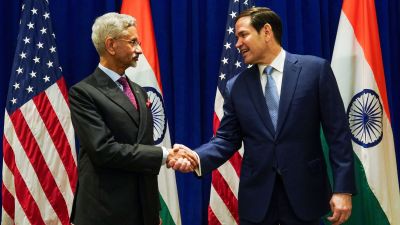AI pilot flouts landing norm,grounded
Airline tried to bury the incident by letting the pilot remain on roster without a probe.
An Air India pilot landed in near-blinding haze at Bagdogra,using an external landing approach banned by the Directorate General of Civil Aviation for being unreliable and unsafe. Without reporting the incident to the authorities after landing,as is mandatory,the pilot took off in low visibility,risking at least 140 lives.
The airline tried to bury the incident by letting the pilot remain on roster without a probe. It told the DGCA it has cautioned the pilot. However,the DGCA ordered immediate grounding of the pilot on December 1 and sought a report from the carrier.
The incident occurred on November 16,when Captain Kamal Kant,operating a Delhi-Bagdogra early morning flight AI 879,landed at Bagdogra airport,a tricky airfield surrounded by mountains on north side,using Precision Approach Radar in low visibility,despite being reminded by the air traffic controller. The ATC asked the pilot if she has been cleared by the regulator to undertake this banned approach,airport sources told The Indian Express.
This conversation was erased from the cockpit voice recorder which records the last two hours as Kant took off. She filed a voluntary report upon her return to Delhi.
PAR approach where the aircraft is completely dependent on ATC guidance for landing akin to driving in fog based on offsite instructions alone was banned by the DGCA in March. It was also noted that the practice is not recommended by Airbus.
An AI spokesperson said,The pilot has been grounded,and will be sent for corrective training after investigation.
In her voluntary report to the airlines Examiner (Airbus fleet),Capt R S Dhillon,Kant said that it completely went out of my mind that PAR approaches were not authorised.
She said a factor which added to my mistake was the printed minima for PAR approach erroneously printed in the companys Aerodrome Operating Minimas (AOM) for Bagdogra. However,the same AOM on its cover page says PAR approaches are suspended till further notice.
Capt Dhillon wrote to the DGCA that he has instructed the training department to amend the printing error and the pilot has been cautioned.
Photos


- 01
- 02
- 03
- 04
- 05





























